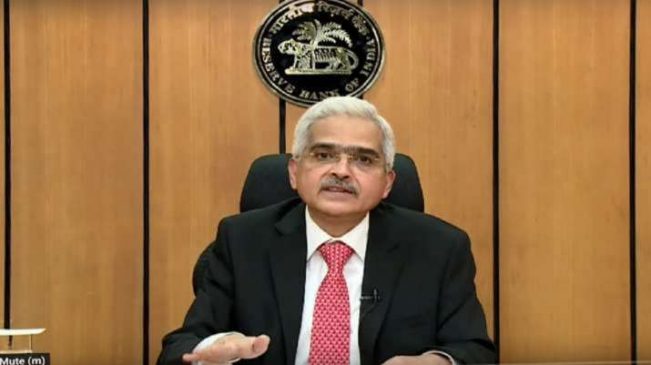The banking industry will likely require Rs 84,000 crore of excess capital — or a five per cent increase — over the Rs 15.2 lakh crore capital requirement following the Reserve Bank of India’s (RBI) decision to increase the risk weight on the exposure of banks to consumer credit, credit card receivables and non-banking finance companies (NBFCs). Experts believe this will increase the cost of borrowing for consumers.
Read More: Gold prices up significantly, silver sees minor rise: Check latest rates for your city
The immediate impact of the enhanced risk weights is the excess capital now that banks would require, according to Soumya Kanti Ghosh, Group Chief Economic Adviser, State Bank of India. This means a 55-60 basis point increase in CRAR (capital to risk-weighted assets ratio).
Second, the RBI circular affects consumer loans in general but excludes housing loans, education loans, vehicle loans and loans secured by gold and gold jewellery. Filtering these exclusions, consumer credit was growing at 25 per cent-plus since May 2022. These unsecured loans affected by the RBI move (Rs 14.8 lakh crore) make up only around 9.8 per cent of total outstanding loans (Rs 151.5 lakh crore) as of September 2023. The affected portion of the personal loans category is only 31 per cent of the total personal loans — Rs 48.3 lakh crore — SBI said in a research report.
The current regulatory steps taken by the RBI may be called countercyclical measures as these types of actions refer to the measures (both monetary and fiscal) that stabilise the business cycle by reining in economic activity during booms and bolstering it during downturns, SBI said.
According to Karthik Srinivasan, Senior VP & Group Head, Financial Sector Ratings, ICRA Ltd, these announcements are expected to result in higher capital requirements for the lenders and hence an increase in lending rate for borrowers.
Read More: ONDC clocks 1.2 million transactions during Diwali week
“These higher lending rates by banks to non-banks could also spill over to corporate bonds by way of higher yields and widening of credit spreads for non-banks,” Srinivasan said.
Suman Chowdhury, Chief Economist and Head, Research, Acuité Ratings & Research, said the higher capital requirements are expected to moderate the growth of such loans and address spread of any such systemic risks.
Apart from a moderation in the aggregate growth of unsecured loans, the impact of the measures can be seen in a material increase in the rates charged on unsecured loans by banks and NBFCs and higher cost of borrowings for large and small NBFCs (including fintechs) with a high proportion of unsecured retail loans in their assets under management.
“It will also lead to higher mobilisation of capital by NBFCs into unsecured lending to cater to the additional capital requirements. Sudden withdrawal of banks and NBFCs from the consumer loan market may also enhance delinquency risks in this category,” he said.
According to the SBI report, the decision to raise the risk weights perhaps is an attempt by RBI to send out a strong message of addressing any incipient financial stability risks in the system as such risks are coincident indicators.
Read More: Only 26% of Indian enterprises are prepared to deploy and leverage AI: Cisco study
Thus, proactively managing such seems the best policy option rather than managing delinquencies (if any) post occurrence of events. These measures are in continuity with the tilt towards an Expected Loss (EL) driven stress recognition system for regulated entities and RBI’s recent move to subject 15 Upper Layer NBFCs to greater regulatory scrutiny.



































